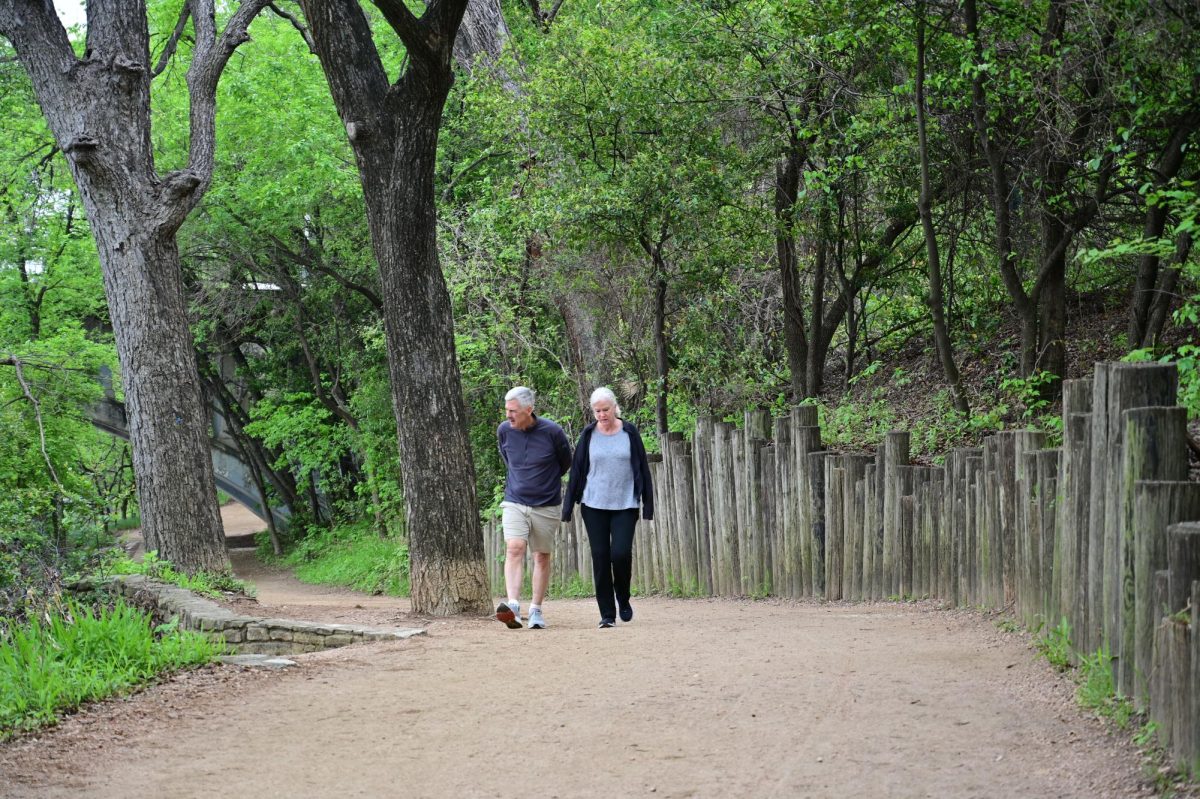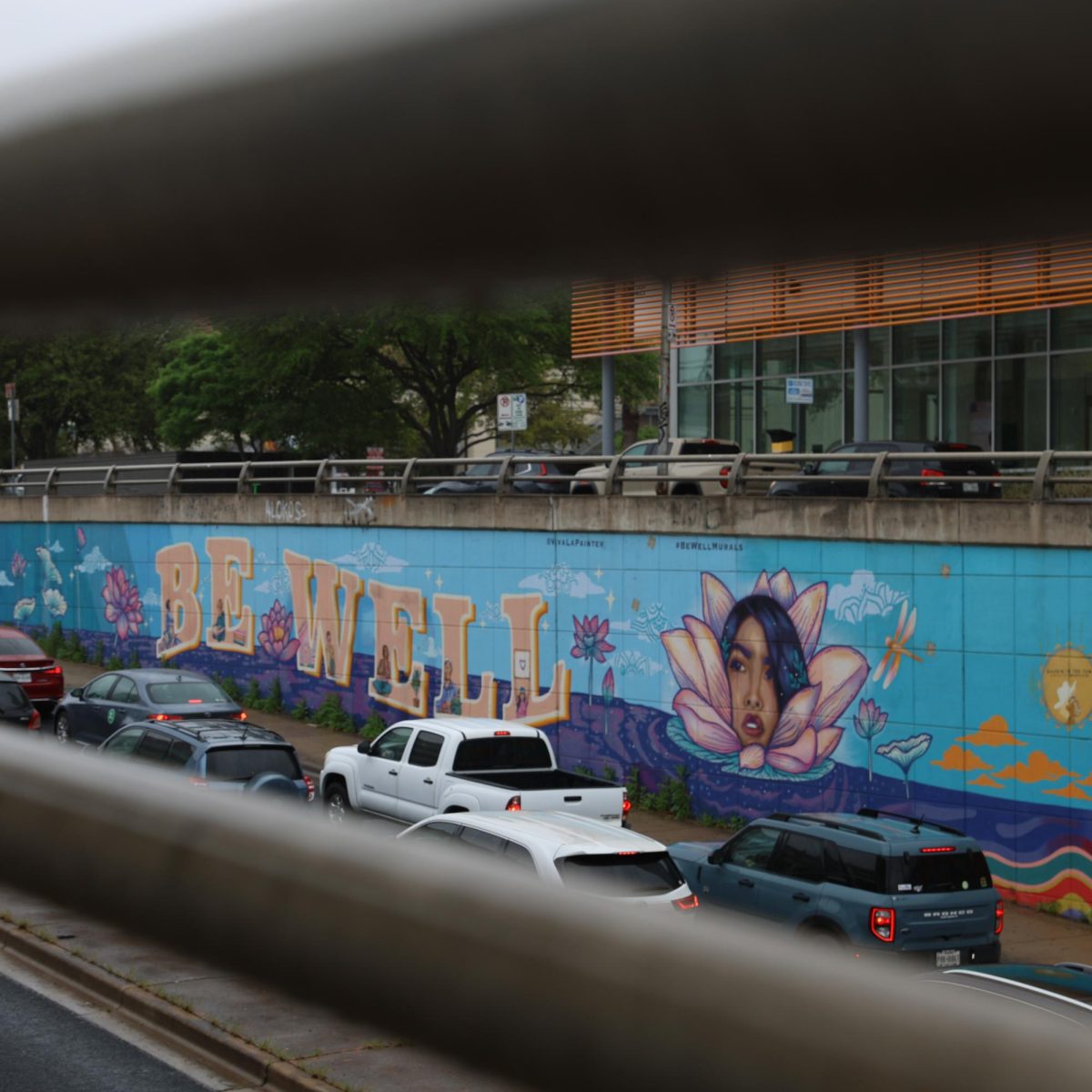The Austin City Council approved city code changes on March 7, allowing more legal wiggle room to maintain the Ann and Roy Butler Hike-and-Bike Trail around Lady Bird Lake.
The City Council initiated the code amendments with a resolution last May, aligning the trail with the city’s code. Leslie Lilly, the environmental program conservation manager of the city’s watershed protection department, said the Butler Trail does not comply with zoning regulations because trails within 50 feet of the lake’s shoreline cannot exceed 12 feet in width to protect the lake.
Before this latest amendment, if any restoration were to be done, the trail would have to be moved further from the lake, Mandi Thomas, The Trail Conservancy’s chief marketing officer, said in an email. The March code changes now legalize the trail’s current state, making it easier to maintain it. The city can now review paving parts of the trail on a case-by-case basis.
“There (are) some issues with the width that is needed to accommodate a little over 5 million users that use the trail annually. The Butler Trail and its construction predates these regulations,” Lilly said. “(The Trail Conservancy has) difficulty planning for capital improvements needed for safety, mobility and access because about 85% (of the trail) is not compliant with current code,”
Lilly said the amendments will give the conservancy flexibility and clear guidelines for planned trail improvements.
“There’s nothing in this code amendment that directs the (trail’s) surface to be one thing or another,” Lilly said. “(It allows concrete and gravel) because it needs to provide flexibility for both cases because … a little less than half (of the trail is) concrete surface.”
Residents and community organizations spoke against the amendments at the March 7 City Council meeting because of concerns about the city or its partners expanding or paving the trail.
“The vast majority of the users of the trail want the shade,” said Bill Bunch, Save Our Springs Alliance’s executive director, at the meeting. “They want the more natural feel. They don’t want a high-speed bike path that’s a transportation project.”
The conservancy partnered with two city departments in 2021 to work on a Safety & Mobility Study for the trail. The final report suggested solutions to various problems facing the trail, such as widening it and diverting some bicycle traffic to accommodate high usage.
Lilly said neither the city nor the conservancy plan to pave the entirety of the trail. Instead, she said soft surfaces like gravel and pavement each have their own benefits and affect erosion along the trail differently.
Nutritional science senior Regan Chicoria said she runs along Butler Trail weekly. She said high usage on the trail impacts the trail’s surface and running experience.
“The amount of foot traffic that has gone across that trail has caused the gravel to break down,” Chicoria said. “When it rains, it either gets washed away or gets put into the soil.”
When the rain washes away the gravel, the trail gets extra muddy, Chicoria said. Despite the mud’s slippery conditions, she said she’s also against the idea of entirely paving the trail.
“People go to that trail because it’s not on pavement,” Chicoria said. “You can walk on the sidewalk around campus. I think people like that nature aspect to it.”













